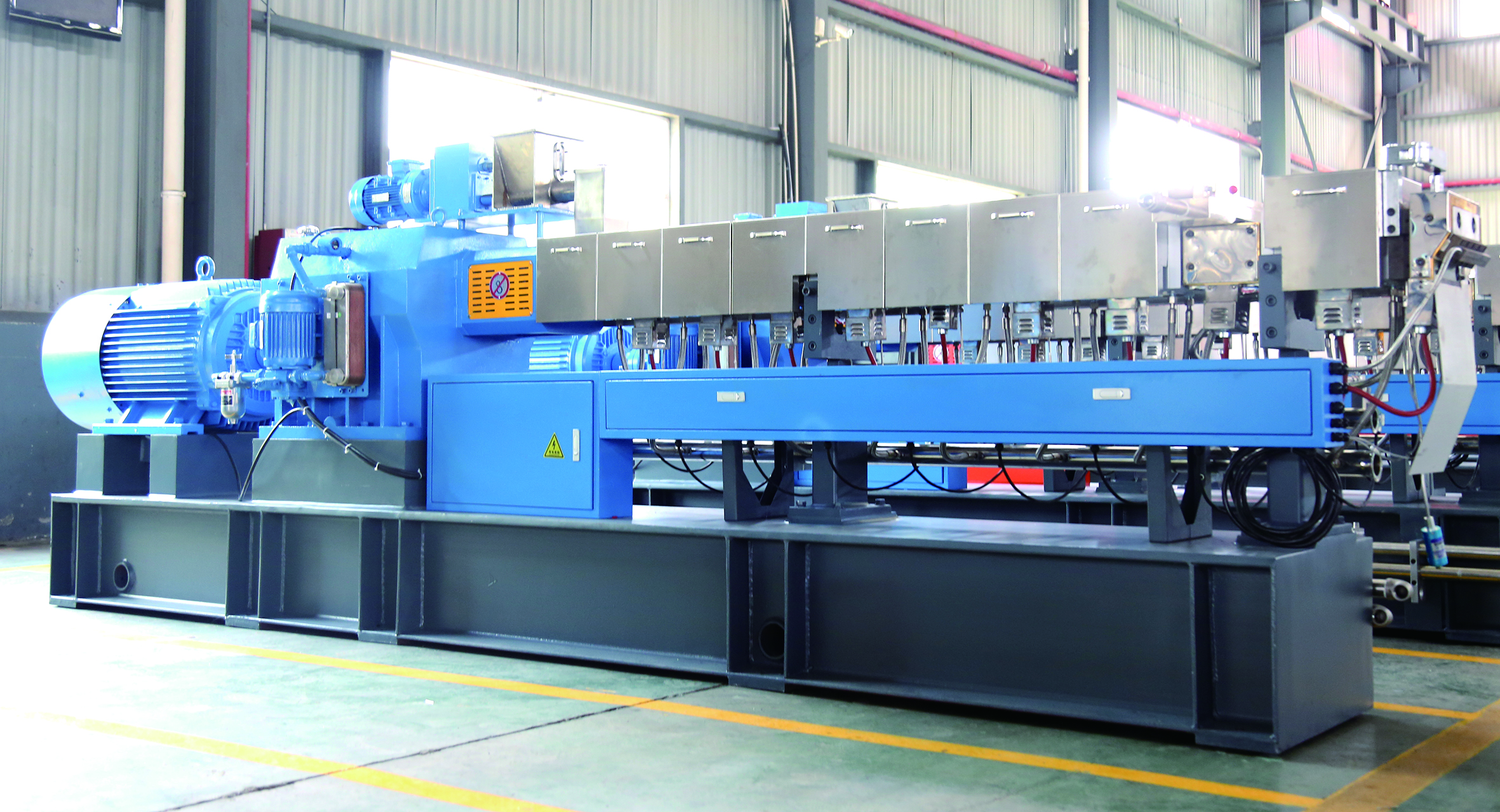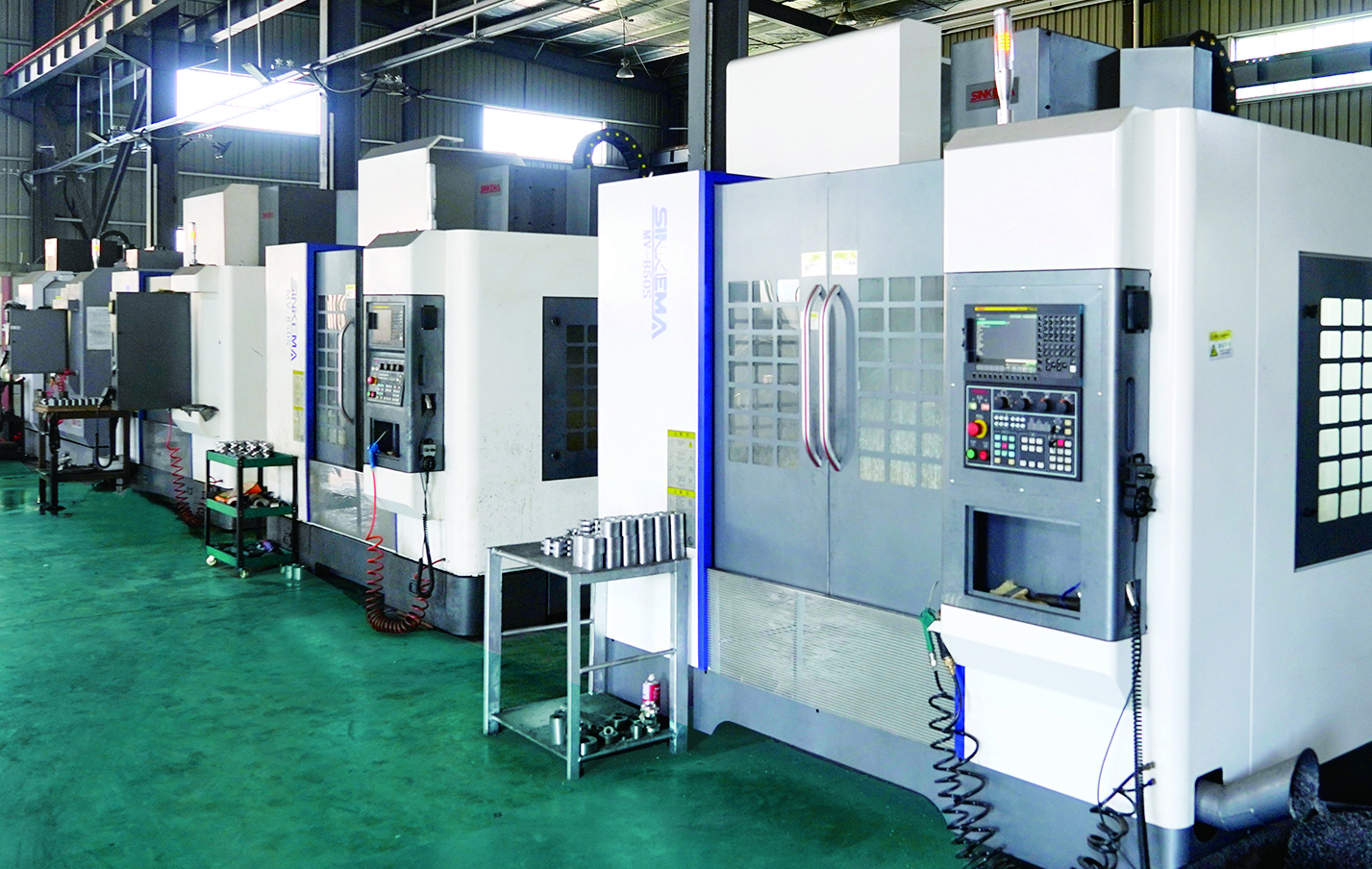
In the vast ecosystem of plastic manufacturing, masterbatch is the indispensable ingredient that imparts color, functionality, and value to countless end-products. Among these, polypropylene (PP) filler masterbatch holds a critical position, serving as a cost-effective modifier that enhances rigidity, improves dimensional stability, and reduces overall production costs for everything from automotive parts to woven sacks and household goods.
At the heart of producing this high-demand material lies a piece of precision engineering: the PP Filler Masterbatch Making Machine . For businesses aiming to capitalize on the growing PP market—projected to reach over $126 billion by 2027—the decision to invest in the right machinery is not merely an operational upgrade; it is a strategic move that defines profitability, scalability, and market leadership. This comprehensive guide delves into the intricacies of these machines, demonstrating how cutting-edge technology transforms raw materials into a consistent, high-quality product that meets the rigorous demands of modern manufacturing.
A PP Filler Masterbatch Making Machine is not a single unit but a complete compounding system designed specifically for the production of polypropylene-based filler masterbatch. The primary function of this machinery is to homogeneously blend a high concentration of mineral fillers (most commonly calcium carbonate, or CaCO3) with PP polymer and other additives under controlled heat and shear force.
The resulting masterbatch is a concentrated mixture that can be diluted (“let-down”) during the final plastic product manufacturing processes, such as injection molding, blow molding, or film extrusion. The efficiency and sophistication of the machine directly determine key product characteristics, including:
Filler Dispersion: How uniformly the filler particles are distributed within the polymer matrix.
Loading Capacity: The maximum percentage of filler the masterbatch can hold without compromising processability.
Color Consistency: Ensuring batch-to-batch uniformity.
Overall Quality: Impact on the mechanical properties of the final plastic product.
A state-of-the-art production line for PP filler masterbatch is a symphony of integrated components, each playing a vital role.
Gone are the days of manual, inconsistent loading. Modern systems employ precision weigh hoppers, loss-in- weight feeders, and pneumatic conveying systems. This ensures a precise ratio of PP carrier resin, filler powder, and additives (like coupling agents and dispersants), which is the foundational step for product consistency.
Evidence from industry studies shows that automated feeding can reduce material variance by up to 99.5%, drastically minimizing waste and rework.
This is the core component where the actual compounding occurs. A co-rotating, intermeshing twin-screw extruder is the industry standard for high-quality filler masterbatch production. Its design allows for:
High Shear Mixing: Efficiently breaks down filler agglomerates for superior dispersion. Self-Wiping Screens: Prevent material degradation and stagnation.
Modular Barrel and Screw Design: Allows for customization of the processing sequence (e.g., different mixing elements) to suit specific recipes and filler loadings, which can exceed 80% by weight.
After melting and mixing, the molten polymer passes through a screen changer to filter out any contaminants. It then moves to the pelletizing stage. Two primary methods are used:
Strand Pelletizing: The melt is extruded through a die plate into strands, cooled in a water bath, and then cut into uniform pellets.
Underwater Pelletizing: The melt is cut by a rotating knife face directly underwater, which offers superior pellet shape consistency and higher throughput rates for large-scale production.
A centralized PLC (Programmable Logic Controller) or SCADA (Supervisory Control and Data Acquisition) system is critical. It provides real-time monitoring of temperature, pressure, motor load, and throughput. Data logging capabilities allow operators to replicate successful batches perfectly and quickly diagnose issues, ensuring unparalleled quality control.
Moving from outdated equipment to a modern PP Filler Masterbatch Making Machine yields significant, measurable advantages.
Advanced extruders are engineered for high output. A modern machine can process significantly more material per kilowatt-hour than older models. For instance, while a decade-old machine might achieve a output of 500 kg
/h, newer models with optimized screw designs and energy-efficient drives can reach 1,500 kg/h or more with the same footprint, directly boosting revenue potential.
The ultimate goal is a masterbatch with perfect dispersion. Poor dispersion leads to weak spots, surface defects, and equipment wear for the end-user. High-shear twin-screw extruders ensure that filler particles are deagglomerated and evenly wetted by the polymer, leading to masterbatch that performs reliably in downstream processes. This consistency builds a strong reputation and allows manufacturers to command premium prices.
Energy Savings: Modern AC drives and optimized thermal systems can reduce energy consumption by 15- 25% compared to older, DC-driven systems.
Labor Savings: Automated feeding and centralized controls reduce the need for manual intervention, allowing one operator to manage what previously required several.
Material Savings: Precision feeding minimizes recipe errors and material giveaway.
A modular machine can be reconfigured to produce different types of masterbatch (e.g., color, additive, or black masterbatch) without major capital investment. This allows manufacturers to respond agilely to market demands. Furthermore, a scalable system design facilitates future expansion as business grows.
An efficient machine does more with less. By reducing energy waste and ensuring precise material usage, manufacturers lower their carbon footprint. Furthermore, the production of high-quality filler masterbatch itself promotes sustainability, as it allows plastic processors to use more cost-effective and abundant mineral fillers, potentially reducing the overall polymer content in end-products.
Selecting the right PP Filler Masterbatch Making Machine requires a strategic approach.
Desired Output and Filler Loading: Clearly define your target production capacity (kg/h) and the maximum filler loading (%) you need to achieve. This will dictate the size and power of the extruder.
End-Product Applications: The requirements for masterbatch used in thin films are vastly different from those used in thick injection-molded parts. Communicate your customers’ needs to the machine supplier. Level of Automation: Assess your current and future operational needs. While a fully automated line has a higher upfront cost, the long-term savings in labor and quality control often justify the investment.
Supplier Reputation and After-Sales Service: The machine is a long-term asset. Choose a supplier with a proven track record, robust engineering support, and readily available spare parts. Look for certifications like CE and ISO.
Total Cost of Ownership (TCO): Look beyond the initial purchase price. Factor in installation, training, energy consumption, maintenance costs, and the potential for future upgrades.
The next frontier for PP Filler Masterbatch Making Machine is connectivity and data intelligence.
Industry 4.0 principles are being integrated, enabling:
Predictive Maintenance: Sensors monitor vibration, temperature, and pressure to predict component failure before it causes unplanned downtime.
AI-Optimized Recipes: Machine learning algorithms can analyze production data to suggest optimal processing parameters for new recipes, reducing development time.
Remote Monitoring: Experts can diagnose and even resolve issues from anywhere in the world, minimizing downtime.
Investing in a machine with IoT-ready capabilities future-proofs your operation and provides a significant competitive advantage.
In a competitive global market, the quality, cost, and consistency of your PP filler masterbatch are direct reflections of the equipment you use. An advanced PP Filler Masterbatch Making Machine is not an expense but
a strategic investment that drives core business objectives: increased profitability, enhanced product quality, and operational resilience.
By understanding the technology, its benefits, and the critical selection criteria, manufacturers can make an informed decision that positions them for sustained growth and leadership in the dynamic plastics industry. The right machine is the partner that transforms raw materials into market success.

Q1: What is the typical production capacity range for these machines?
A: Production capacities vary widely to suit different business sizes. Small-scale laboratory or pilot plant machines may have an output of 50-200 kg/h. Standard industrial-scale PP Filler Masterbatch Making Machines typically range from 500 kg/h to 2,500 kg/h. Custom-built lines can be engineered for even higher throughputs.
A: A well-designed twin-screw extruder is highly versatile. While optimized for PP filler, with minor adjustments to screw configuration and processing parameters, it can often be used to produce color masterbatch, additive masterbatch, and other specialty compounds. This flexibility is a key advantage.
A: The payback period depends on factors like machine cost, production volume, local energy and labor costs, and profit margins. However, due to significant gains in efficiency, quality, and reduced waste, many businesses report a return on investment within 1 to 3 years.
A: Energy consumption is a major operational cost. Modern machines are designed with energy efficiency in mind. Key features include high-efficiency AC motors, optimized screw designs that require less amperage, and advanced barrel heating/cooling systems. When comparing suppliers, always request specific data on kWh/kg of output.
Q5: What kind of after-sales support and training should we expect from a reliable supplier? A: A reputable supplier should offer comprehensive support, including:
On-site Installation and Commissioning: Ensuring the machine is set up correctly.
Operator and Maintenance Training: Detailed training for your team on safe operation, routine maintenance, and basic troubleshooting.
Ready Availability of Spare Parts: A clear channel for sourcing genuine spare parts quickly. Technical Support: Access to remote or on-site technical assistance when needed.
Strand Pelletizing is a robust and simpler method, ideal for a wide range of formulations. It can be more tolerant of very high filler loadings but may produce less uniform pellet shapes (rice-shaped).
Underwater Pelletizing offers superior pellet shape consistency (spherical), higher throughput, and is a fully enclosed, dust-free process. It is often preferred for large-scale, high-quality production but may have a higher initial cost and be less suitable for extremely abrasive formulations without specific hardened components.